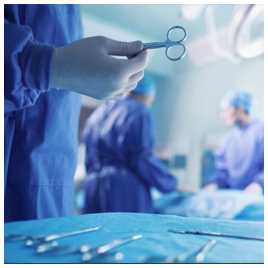
What is gallbladder?
It is a pear-shaped organ that sits just below your liver on the upper right side of your abdomen. Your gallbladder collects and stores bile — a digestive fluid produced in your liver.
Why it's done?
A cholecystectomy is most commonly performed to treat gallstones and the complications they cause.
It is carried out in the following conditions:
-Gallstones in the gallbladder.
-Gallstones in the bile duct.
-Gallbladder inflammation.
-Pancreas inflammation (pancreatitis) due to gallstones.
Symptoms of gallbladder inflammation:
-Upper right quadrant pain.
-Nausea and vomiting.
-Fever.
-Malaise.
What is the treatment of gallbladder inflammation(cholecystitis)?
The best treatment is cholecystectomy either by open surgery or by an endoscope.
Complications of gallbladder inflammation:
Cholecystitis can lead to a number of serious complications, including:1-Infection within the gallbladder: If bile builds up within your gallbladder, causing cholecystitis, the bile may become infected.
2-Death of gallbladder tissue: Untreated cholecystitis can cause tissue in the gallbladder to die (gangrene). It's the most common complication, especially among older people, those who wait to get treatment, and those with diabetes. This can lead to a tear in the gallbladder, or it may cause your gallbladder to burst.
Related Topics:
Related Topics:
Contact us
We are happy to support you. If you have any questions about bariatric surgery, the services we provide, or would like to schedule an appointment, please do not hesitate to contact us and we will respond as soon as possible. We are here to support you on your journey to a healthier life!

